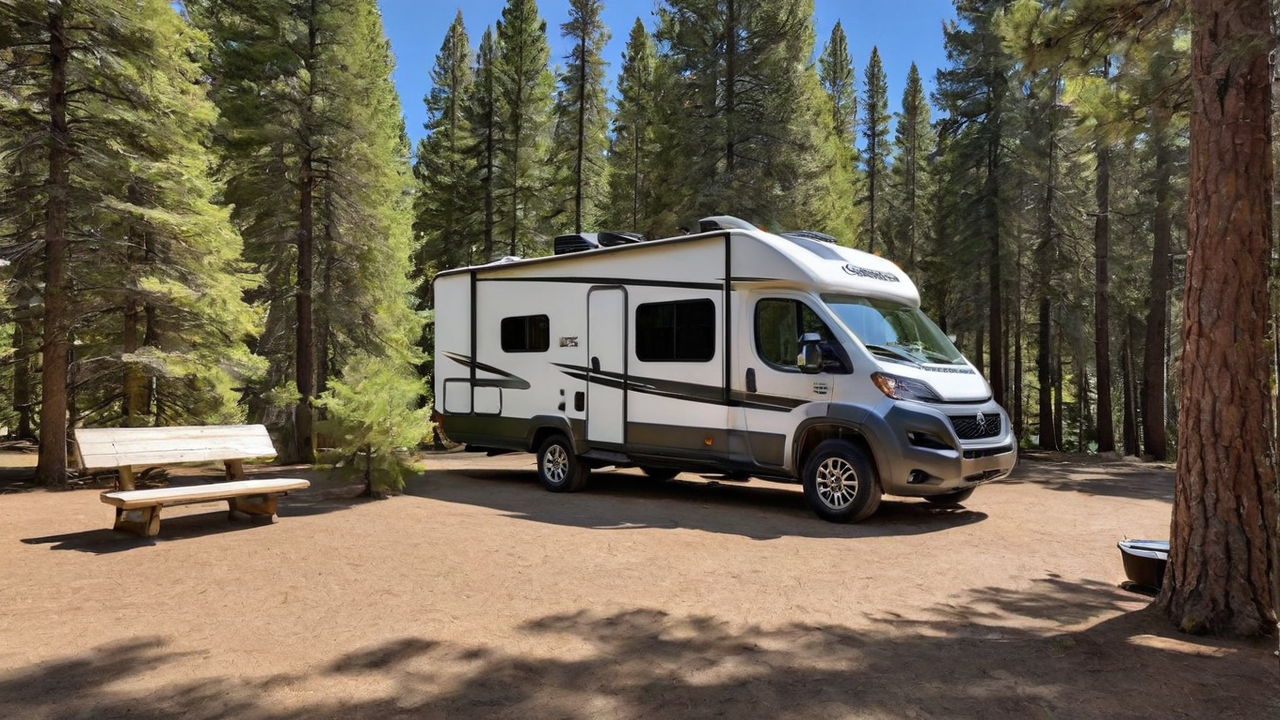Designing the Supreme User Interface: Designing Guidelines for Campground Programs

Comprehending The Audience
Identifying whom your intended audience are crucial in designing an effective user's interface. It's essential to consider the needs, likes, and tech competence. This understanding guides every design choice, ensuring that your software becomes user-friendly and easy to use.
Understanding the audience likewise means recognizing their challenges and the way they plan to utilize the campground software. It enables the designers to tailor functions and functionalities that address specific requirements, making your software not only helpful but also indispensable.
Simplifying the Navigation System
Simplifying your navigation can be one critical aspect of user interface designing. A clear navigation structure makes sure users can quickly locate what they're looking for, cutting down frustration and improving satisfaction levels. It's about the user journey within the software as smooth and effortless as possible.
Additionally, effective navigation leads visitors through your software, showcasing functions and tools that they might otherwise would overlook. Such an approach not only improves user experience but also encourages deeper interaction with the campground software full array of capabilities.
Incorporating Premium Visuals
Graphics have a crucial part in creating a engaging user interface. Visuals help in breaking monotony and can demonstrate features more clearly than description alone. Choosing the correct graphics, icons, and color schemes can greatly enhance the appearance of the software, thereby making it more appealing to your eye.
Moreover, a consistent visual style is for creating a strong brand identity and trust among your users. Every element must be in alignment with the brand's ethos and the overall message of the application, resulting in a seamless user experience that is both polished and welcoming.
Enhancing the Responsiveness
In the current digital world, users demand camping software to be responsive on every platforms, from desktops to smartphones. An responsive design ensures that regardless of what screen size, your software offers an uncompromised experience. This not only boosts usability but likewise caters to the users’ on-the-go lifestyle.
Additionally, enhancing the responsiveness could result in enhanced performance, decreasing the loading time and avoiding user frustration. Users appreciate a quick and smooth interaction when accessing campground software, which makes speed a vital aspect in user satisfaction.
Optimizing the Search Functionality
Searching for information quickly is crucial in any application, particularly in campground software systems. Optimizing the search functionality enables visitors to effortlessly discover what they're looking for, which improves their satisfaction and productivity. By smart search capabilities, you reduce the frustration and improve general satisfaction.
Furthermore, advanced search options like filters and tags can assist in narrowing down search results, making it search process more efficient. Implementing these features shows an understanding of the user’s needs and an effort to enhancing the user’s interaction with your campground software as smooth and productive as possible.
Prioritizing Security
Security must be non-negotiable when coming to developing campground programs. Your users expect to be secure when entering their personal information. Ensuring robust security measures not only protects the data but also builds trust between the user and the brand.
Beyond basic security features like passwords and data encryption, it's important to consider implementing additional options such as two-factor authentication or biometric security logins. Such measures provide additional layers of protection, further ensuring that customer information is held secure from unwanted access.
Utilizing User Feedback
Gathering feedback is essential for the continual development of any campground program. It enables the developers to see what is working, what doesn’t work, and how their application can be bettered to better meet user needs. This feedback creates a sense of community between the users and the development team, which makes them feel like they are actively a part of your product's journey.
Taking feedback effectively can lead in significant improvements in UI designs and the overall UX. Making changes based on real feedback shows that the company listens to its customers and is dedicated to providing a superior experience.
Keeping Simplicity
In design, simplicity is fundamental. An unnecessarily complex interface can overwhelm users, leading in an negative UX. Simplicity, on the hand, makes your software easier to understand and navigate. It promotes more user engagement and satisfaction.
Furthermore, keeping the simplicity should also apply to the content and features. Avoiding superfluous features that don’t add real value can help ensure that the campground property management software interface remains clean and focused on meeting the core needs of your users. By doing so, you can craft a more efficient UX that appeals with your target audience.